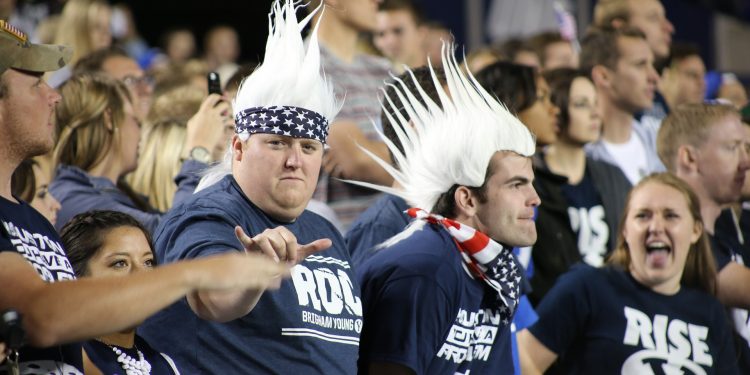Today, OPS is one of the few metrics used in baseball. This metric, which stands for on-base plus slugging, works by combining two different metrics; on-base percentage and slugging percentage. Although OPS is adored by some Boston sports fans, many people still think this metric is not good enough.
What is OPS and what exactly makes it a good stat? What are the shortcomings of OPS in baseball? Read on to find answers to these FAQs.
What is OPS?
OPS or on-base plus slugging is a metric that helps to determine the percentage of times a particular player reaches any of the bases. Initially created by Branch Rickey and Allan Roth, OPS didn’t include the sacrifice fly denomination. It was after the adoption of the metrics in 1984 that the sacrifice fly denomination was included.
According to MLB, OPS works by getting a single number from the addition of both on-base percentage (OBP) and slugging percentage (SLG). In other words, you can say that OPS works by combining how well a player (hitter) can hit for average and power with how well he can reach any base.
What is the best way to calculate OPS?
What is the OPS formula? To better understand the flaws and benefits of OPS, you need to first understand how to calculate it.
The slugging percentage can be calculated with this formula: 1B + 2Bx2 + 3Bx3 + HRx4)/AB. This means adding up (Singles) together with (2 x Doubles), (3 x Triples), and (4 x Home Runs) to achieve the total number of bases.
As for on-base percentage, you can calculate it with this formula: (Walks + Hit + Hit by Pitch) ÷ (At Bats + Walks + Sacrifice Flies + Hit by Pitch).
After getting the values of both SLG and OBP, all you need is to add them together to get the OPS value.
Issues with the above OPS calculation
According to some Boston Sports fans, the on-base plus slugging metric has its shortcomings. No doubt, on-base percentage (OBP) and slugging average (SLG) are two essential factors for evaluating a hitter.
- However, you need to keep in mind that both OBP and SLG are not equal components. Here’s what we mean; OBP works by using a scale of 1.000-points. SLG, on the other hand, works by using a scale of 4.000-points. With this scale, it becomes pretty easy to achieve a high SLG compared to a high OBP.
- Another issue with this OPS calculation, as argued by many people, including some Boston sports fans, is that OBP works with “plate appearance” as its denominator while SLG uses “at-bats.” Since both OBP and SLG have different denominators, it’s impossible to add them up.
In mathematics, it’s impossible to directly add up two factors with different denominators. This explains why fans don’t feel OPS is a perfect metric.
Wrapping up
Today, OPS or on-base plus slugging remains one of the best stats to access a player. It certainly isn’t a terrible metric but it’s certainly worth pointing out its flaws. You can learn more about the question – what is OPS – on the official Lost In Boston Sports website.
Also Read: Where Pakistan Real Estate Market Stands In 2023.



















